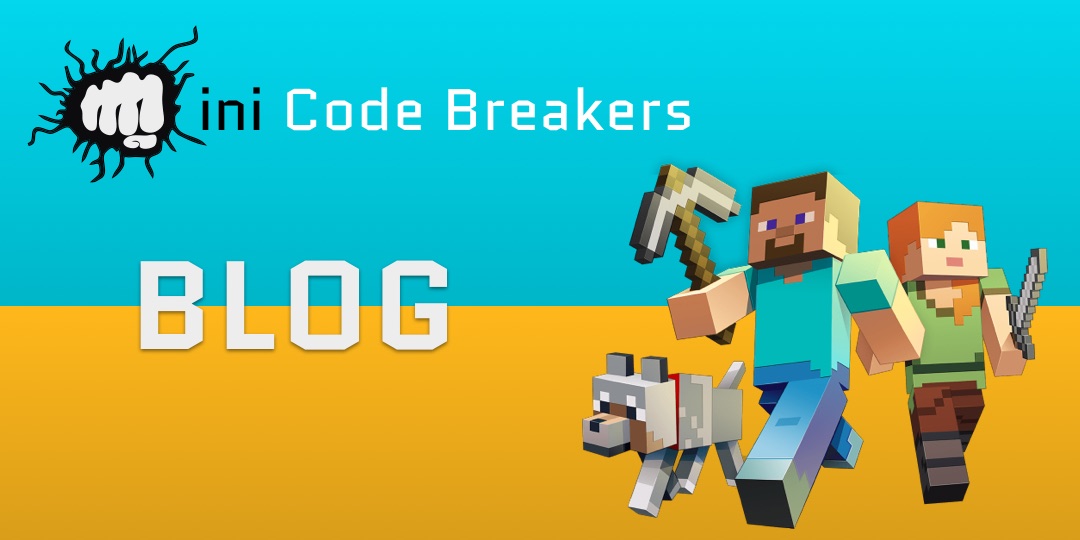Learning coding in a classroom with other children has numerous benefits, including the opportunity for collaboration, support, peer teaching, and hands-on learning.
Coding is quickly becoming an essential skill for children of all ages, and schools around the world are starting to include coding in their curriculum. But why is it so important for children to learn how to code, and how can it be done effectively in a classroom setting?
One major benefit of learning coding in a classroom with other children is the opportunity for collaboration and teamwork. Coding can often be a complex and challenging task, and working with peers allows children to bounce ideas off of each other, brainstorm solutions, and troubleshoot problems together. This not only helps to deepen their understanding of the material, but also promotes important skills such as communication, problem-solving, and teamwork.
In addition to the collaborative aspect, learning coding in a classroom with other children also allows for a sense of community and support. Children can motivate and encourage each other to keep learning and trying new things, and can also offer valuable insights and perspectives. This positive and supportive learning environment can be especially beneficial for children who may be shy or struggle with self-motivation.
Another benefit of learning coding in a classroom with other children is the opportunity for peer teaching and mentorship. As children progress in their coding skills, they can share their knowledge with their classmates and help to guide and teach others. This not only helps to reinforce their own understanding of the material, but also promotes leadership and teaching skills.
But how can coding be effectively taught in a classroom setting? One approach is through the use of visual programming languages such as Scratch or Blockly. These languages allow children to create programs by dragging and dropping blocks of code, rather than typing out lines of text. This can make coding more accessible and intuitive for children, and can also help to build a strong foundation in logic and problem-solving.
Another effective teaching method is through the use of hands-on projects and activities. Children can apply their coding skills to create games, animations, or other interactive projects, which can be both engaging and educational. This type of experiential learning can help children to see the real-world applications of coding and can spark their creativity and imagination.
In conclusion, learning coding in a classroom with other children has numerous benefits, including the opportunity for collaboration, support, peer teaching, and hands-on learning. By using visual programming languages and engaging projects, coding can be effectively taught in a classroom setting, helping children to develop important skills for the future.
